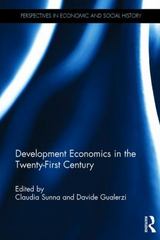Question
The strength of the Malaysian ringgit could also continue to limit exports of palm oil. Indonesia, the world's largest producer of palm oil, will keep
The strength of the Malaysian ringgit could also continue to limit exports of palm oil. Indonesia, the world's largest producer of palm oil, will keep its export tax for palm oil at 9%, while Malaysia has decided to keep a more competitive export duty of 4.5%.(a) Analyse, with the aid of diagrams, the impact of an increase in demand for palm oil on the markets for palm oil and palm kernel cake. [5 marks](b) Relate how could the concept of elasticity be used to measure the economic relationship between palm oil and soya oil and what would the measurement show? [3 marks](c) Discuss one demand factor that might explain the change shown in Table 1 in the value of Malaysia's palm oil exports in 2012 compared with 2009. [6 marks](d) Discuss two policies that the Malaysian government might adopt to reduce the problems associated with a falling price of palm oil and justify which of the two policies you would recommend. [6 marks]

Step by Step Solution
There are 3 Steps involved in it
Step: 1

Get Instant Access to Expert-Tailored Solutions
See step-by-step solutions with expert insights and AI powered tools for academic success
Step: 2

Step: 3

Ace Your Homework with AI
Get the answers you need in no time with our AI-driven, step-by-step assistance
Get Started


